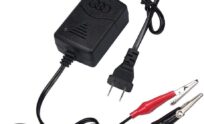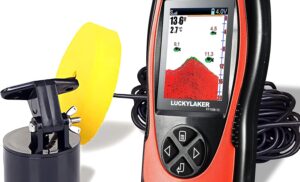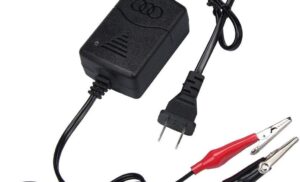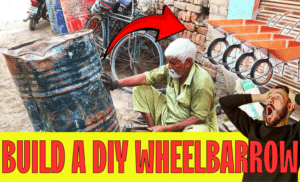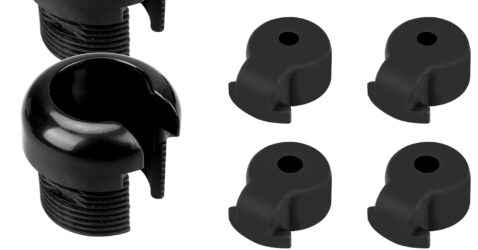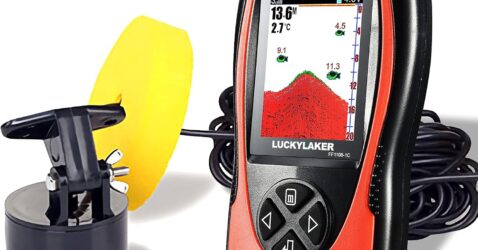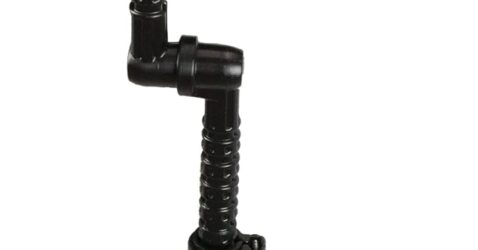How to Build a DIY Wheelbarrow from an Oil Drum
Reusing oil drums to make wheelbarrows is a creative method to recycle industrial waste and save money. This age-old technique, popular in rural regions and among DIYers, shows how innovation can turn waste into tools.
Start with a robust, empty oil drum, cutting tool, and welding equipment. The drum is carefully sliced in half to make the wheelbarrow body. Handles and wheels are secured with scrap metal, bolts, and welding for stability and usability. The finished product is functional and robust, frequently outlasting commercial counterparts.
Farmers, gardeners, and small-scale construction workers who need economical, reliable tools benefit from this DIY method. Customizing size and design lets consumers customize the wheelbarrow to their needs. It reduces waste by reusing outdated materials, making it a sustainable option for eco-conscious consumers.
Making a wheelbarrow is a pleasant activity that encourages creativity and workmanship. This approach shows that with a little effort, unwanted materials can be useful for personal or small company purposes.
Step-by-Step Guide to Crafting a Wheelbarrow from an Old Oil Drum

A sturdy wheelbarrow made from an old oil drum is a great way to recycle garbage and show off your DIY talents. The procedure begins with tool and material collection. A cleaned, empty oil drum, angle grinder, welding equipment, salvaged wheel, scrap metal for handles and frame, nuts, bolts, and safety gear are needed for the project.
The oil drum must be prepared beforehand. Clean it with a degreaser and let it dry. Mark your cutting area by dividing the drum in half lengthwise after cleaning. Safely cutting with a cutting instrument requires gloves, goggles, and a mask. To remove sharpness, sand or grind the edges after cutting.
Next, make the frame and handles from scrap metal. Weld a solid frame to support the drum and tilt the handles for comfort. Stable structure is essential for balance. After finishing the frame, bolt the wheel to the bottom. Check mobility and make modifications for smooth movement.
Finish with finishing touches for durability and look. Paint the wheelbarrow to avoid corrosion and shine. Handles with rubber grips are more comfortable. You can make an eco-friendly, practical wheelbarrow that saves money, lowers trash, and encourages sustainability with these instructions. This gratifying DIY project shows that unwanted materials can be reused with a little creativity.


